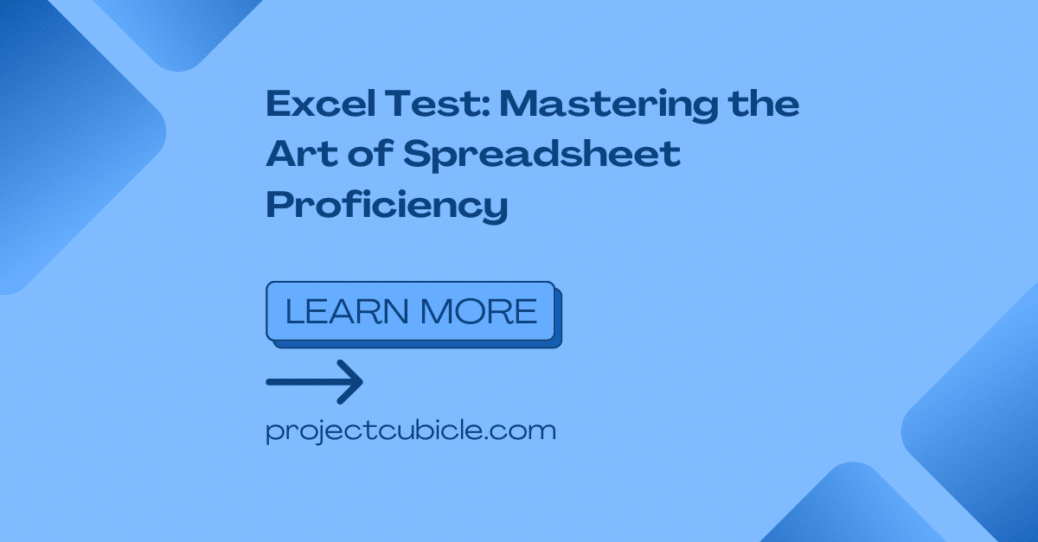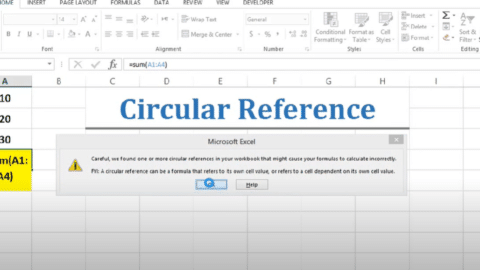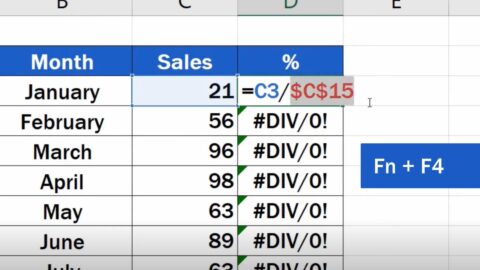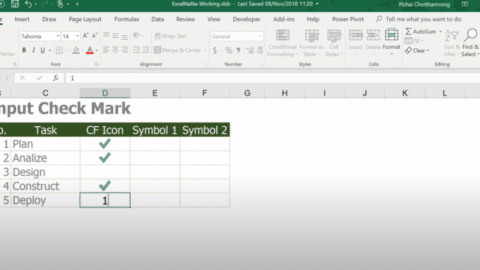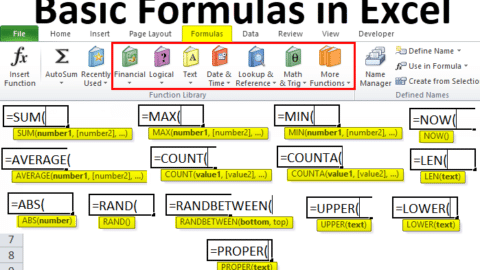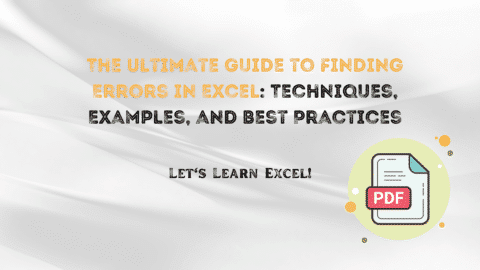Excel Test: Mastering the Art of Spreadsheet Proficiency
Introduction
In today’s digital age, proficiency in Microsoft Excel is a valuable skill that can greatly enhance your productivity and open up numerous career opportunities. Excel is a powerful spreadsheet software that allows you to organize, analyze, and manipulate data with ease. Whether you’re a student, a professional, or a business owner, mastering Excel can streamline your workflow, improve data analysis, and boost your overall efficiency. This comprehensive guide will take you through the ins and outs of Excel, helping you navigate the world of spreadsheets and ace your next Excel test.
Table of Contents
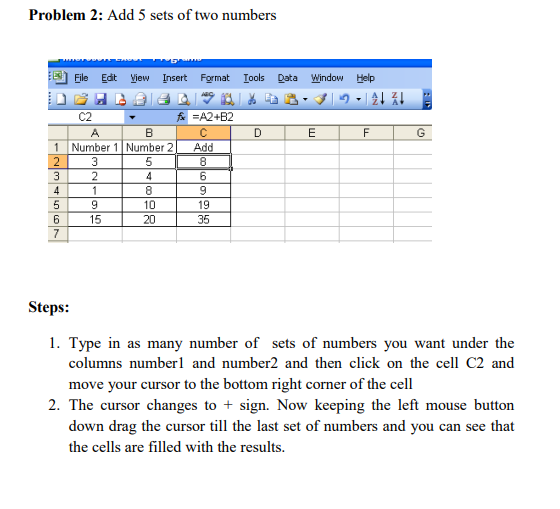
Excel Test: A Crucial Evaluation of Your Skills
An Excel test is a common assessment used by educational institutions, employers, and certification programs to evaluate an individual’s proficiency in using Excel. It assesses your knowledge and skills in areas such as data entry, formatting, formulas and functions, data analysis, and visualization. Whether you’re preparing for a job interview, aiming to advance your career, or seeking to enhance your academic performance, excelling in an Excel test is essential.
Excel Test: Key Areas of Focus
1. Understanding Excel’s Interface and Navigation
Before diving into the intricacies of Excel, it’s crucial to familiarize yourself with its user interface and navigation tools. The ribbon, located at the top of the screen, houses various tabs that contain commands and functions. The navigation pane on the left side allows you to switch between different worksheets and access additional tools. Mastering these basic navigation techniques will enable you to efficiently move around your Excel workbook.
2. Working with Cells, Rows, and Columns
Cells are the fundamental building blocks of Excel. Each cell can store data, formulas, or functions. Understanding how to manipulate cells, rows, and columns is essential for organizing and structuring your data effectively. You can easily insert, delete, and modify cells, rows, and columns to accommodate your specific requirements.
3. Formatting Data and Worksheets
Formatting plays a vital role in presenting your data in a visually appealing and comprehensible manner. Excel provides a wide range of formatting options, allowing you to change font styles, apply colors, adjust cell alignment, and add borders and shading. Utilize these formatting features to enhance the readability and professionalism of your Excel worksheets.
4. Utilizing Formulas and Functions
Formulas and functions are the backbone of Excel’s analytical capabilities. They enable you to perform complex calculations, automate processes, and manipulate data efficiently. Excel offers a vast library of built-in functions, including mathematical, statistical, logical, and text functions. Understanding how to use formulas and functions effectively will significantly enhance your data analysis and manipulation skills.
5. Data Analysis and Visualization
Excel provides powerful tools for analyzing and visualizing data. Features such as sorting, filtering, and conditional formatting allow you to identify patterns, trends, and outliers within your data. PivotTables and PivotCharts enable you to summarize and analyze large datasets, providing valuable insights for decision-making. Harnessing these data analysis and visualization capabilities is essential for deriving meaningful conclusions from your data.
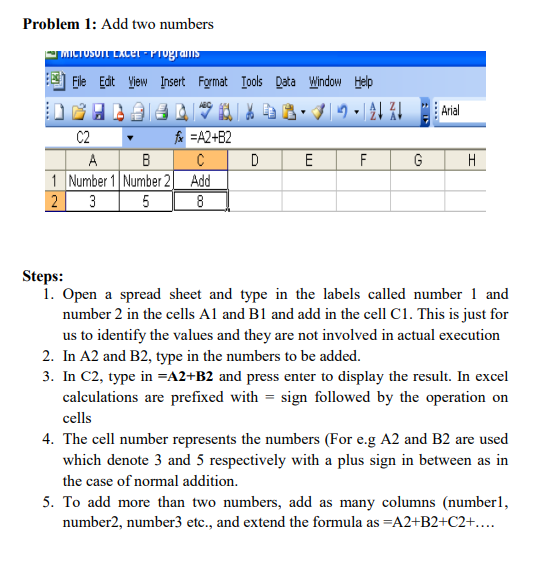
Excel Test: Key Areas of Focus
Excel Functions and Formulas
One of the essential areas to focus on for the Excel test is understanding and utilizing Excel functions and formulas. Excel offers a vast library of functions that can perform complex calculations, manipulate data, and automate tasks. It is crucial to familiarize yourself with commonly used functions such as SUM, AVERAGE, IF, and VLOOKUP. Additionally, understanding how to create formulas and perform calculations using operators such as +, -, *, and / is essential.
Data Analysis and Visualization
Another significant aspect of the Excel test is data analysis and visualization. Excel provides powerful tools for analyzing and visualizing data, such as PivotTables, charts, and conditional formatting. Being able to extract meaningful insights from raw data and present them in a clear and visually appealing manner is highly valued in many professions. Mastering these features will not only help you ace the Excel test but also enhance your data analysis skills in general.
Spreadsheet Management and Organization
Efficient spreadsheet management and organization are critical skills for anyone working with Excel. The ability to structure and arrange data in a logical and organized manner is essential for easy navigation and data manipulation. Understanding concepts such as worksheets, rows, columns, and cell referencing is fundamental. Moreover, learning how to use features like filtering, sorting, and grouping will enable you to handle large datasets with ease.
Macros and Automation
Excel offers a powerful feature called macros, which allows you to automate repetitive tasks and streamline your workflow. Knowing how to record and edit macros can significantly boost your productivity and save you valuable time. For the Excel test, it is important to have a basic understanding of macros and their functionality. Familiarize yourself with the process of creating and executing macros to demonstrate your proficiency in this area.
Data Validation and Error Handling
Ensuring data accuracy and implementing error-handling mechanisms are vital aspects of working with Excel. The Excel test often includes questions related to data validation and error-handling techniques. Understanding how to set data validation rules, detect and correct errors, and protect data integrity is crucial. It is also beneficial to be aware of common Excel errors and how to troubleshoot them, such as circular references, #VALUE!, and #DIV/0!.
Advanced Features and Add-ins
While the above areas cover the essential aspects of the Excel test, demonstrating knowledge of advanced features and add-ins can set you apart from other candidates. Excel offers a wide range of advanced functionalities, such as Solver, Goal Seek, and Power Query, that can solve complex problems and perform advanced data analysis. Familiarize yourself with these features and explore popular Excel add-ins like Power Pivot and Power BI to showcase your expertise.
FAQs about Excel Test: Key Areas of Focus
- Q: What is the Excel test? A: The Excel test is an assessment that evaluates an individual’s proficiency in using Microsoft Excel. It typically involves various tasks and questions related to Excel functions, formulas, data analysis, and spreadsheet management.
- Q: Why is the Excel test important? A: The Excel test is important because Excel proficiency is a highly sought-after skill in many industries. Employers use the test to assess an applicant’s ability to perform essential Excel tasks and determine their suitability for roles that involve working with data and spreadsheets.
- Q: How can I prepare for the Excel test? A: To prepare for the Excel test, it is recommended to practice using Excel extensively. Familiarize yourself with commonly used functions, formulas, and data analysis techniques. Additionally, explore online tutorials, take practice tests, and consider enrolling in Excel training courses.
- Q: Are there any resources available to help me prepare for the Excel test? A: Yes, there are numerous online resources available to help you prepare for the Excel test. Websites like Microsoft’s official Excel support page, Excel tutorials on YouTube, and online Excel training platforms offer a wealth of educational materials, tutorials, and practice exercises.
- Q: What are some common mistakes to avoid during the Excel test? A: Common mistakes to avoid during the Excel test include incorrect cell referencing, formula errors, improper data formatting, and lack of attention to detail. It is essential to double-check your work, validate formulas, and ensure data accuracy.
- Q: How can I improve my Excel skills beyond the Excel test requirements? A: To enhance your Excel skills beyond the test requirements, consider exploring advanced Excel features, participating in Excel forums and communities, and challenging yourself with real-world data analysis projects. Continuous practice and experimentation will help you become an Excel power user.
Conclusion Excel Test
Mastering Excel is a valuable skill that can open doors to numerous career opportunities. By focusing on the key areas discussed in this article, you can enhance your chances of excelling in the Excel test and showcase your expertise to potential employers. Remember to practice regularly, explore additional resources, and stay updated with the latest Excel features and functionalities. With dedication and persistence, you can become a proficient Excel user and excel in your professional journey.
Hello, I’m Cansu, a professional dedicated to creating Excel tutorials, specifically catering to the needs of B2B professionals. With a passion for data analysis and a deep understanding of Microsoft Excel, I have built a reputation for providing comprehensive and user-friendly tutorials that empower businesses to harness the full potential of this powerful software.
I have always been fascinated by the intricate world of numbers and the ability of Excel to transform raw data into meaningful insights. Throughout my career, I have honed my data manipulation, visualization, and automation skills, enabling me to streamline complex processes and drive efficiency in various industries.
As a B2B specialist, I recognize the unique challenges that professionals face when managing and analyzing large volumes of data. With this understanding, I create tutorials tailored to businesses’ specific needs, offering practical solutions to enhance productivity, improve decision-making, and optimize workflows.
My tutorials cover various topics, including advanced formulas and functions, data modeling, pivot tables, macros, and data visualization techniques. I strive to explain complex concepts in a clear and accessible manner, ensuring that even those with limited Excel experience can grasp the concepts and apply them effectively in their work.
In addition to my tutorial work, I actively engage with the Excel community through workshops, webinars, and online forums. I believe in the power of knowledge sharing and collaborative learning, and I am committed to helping professionals unlock their full potential by mastering Excel.
With a strong track record of success and a growing community of satisfied learners, I continue to expand my repertoire of Excel tutorials, keeping up with the latest advancements and features in the software. I aim to empower businesses with the skills and tools they need to thrive in today’s data-driven world.
Suppose you are a B2B professional looking to enhance your Excel skills or a business seeking to improve data management practices. In that case, I invite you to join me on this journey of exploration and mastery. Let’s unlock the true potential of Excel together!
https://www.linkedin.com/in/cansuaydinim/

